Are you looking for a Shopify SEO guide to get more traffic and sales to your store?
Shopify, one of the leading ecommerce platforms, has empowered countless entrepreneurs to launch their online stores. However, having a store is just the beginning.
To truly succeed, it’s crucial to ensure your store is visible to potential customers. This is where Search Engine Optimization (SEO) comes into play.
In this guide, we’ll delve deep into the 7 steps of Shopify SEO and how you can optimize your store to rank higher on search engines.
- Optimize Your Shopify Site Structure
- Improve the User Experience
- Research the Right Target Keywords
- Optimize Your Shopify Products Pages
- Build Links to Your Store
- Rank Higher With Content Marketing
- Use the Best Shopify SEO Apps and Tools
Step 1. Optimize Your Shopify Site Structure
The way your content is organized on your page is very important to SEO success.
When shoppers are able to quickly and easily find the things they’re looking for, they tend to spend more time on your site and view more pages, which can help your search engine rankings.
How can you make your site easier to navigate?
Simplify. Don’t go overboard with categories and subcategories.
A simpler site structure makes it easier for search engines to crawl your site and rank your products.
An SEO-friendly, simple site structure might look like this:
You can see from the diagram that your products are only a couple of clicks away from your homepage, making it easy and fast for shoppers to find what they’re looking for and easy for search engines to crawl the site.
Organizing your content is easy with Shopify, using one of these structures:
Homepage » Category Pages » Product Pages
Homepage » Category Pages » Sub-Category Page » Product Pages
Remember, your site should be built for customers first.
In addition to product and category pages you will need to include an About page and Contact page on your site. These pages let shoppers and search engines know that you are credible and trustworthy, so don’t skip these pages.
Finally, include a search box on your page. Will it help with SEO? Not directly. But it will help visitors find what they’re looking for, which is an important part of eCommerce optimization so you can make more money from the traffic you already have.
Step 2. Improve the User Experience
Now let’s take a look at a few ways you can improve the user experience on your site, which will also help you to rank higher in search results.
Boost Your Site Speed
Site speed is all about accessibility. When your site is easy to navigate and everything moves quickly, visitors have no cause for frustration. This means that they’re likely to spend more time on your site.
To make your Shopify store faster, you can:
- use a fast, mobile-friendly theme
- use smaller, optimized images
- remove any apps you’re not using
- avoid using sliders
You can see SEMrush’s guide to speeding up Shopify for more tips.
Use a Responsive Design
Responsive design means your Shopify store will look great on any device, including desktop, tablets, and smartphones.
Responsive themes can greatly improve user experience and keep visitors on your site longer. Since Google looks at time-on-page as a marker of a site’s value, having a site that’s easy to navigate and read can improve rankings. In turn, improved rankings and better usability result in repeat visitors and increase conversions. Wonderful things for an eCommerce site.
Making sure your store works on mobile is important, since shoppers are buying using their smartphones more and more.
Step 3. Research the Right Target Keywords
No Shopify SEO guide would be complete without tips on keyword research – the foundation of SEO success.
But how do you find the right keywords to get traffic to your shop?
The best way to start isn’t with fancy tools, but just to make a list of at least five main topics that your customers care about and that are closely related to your product.
Put yourself in your customers’ shoes. What search terms would YOU use to find the products you sell?
You can also find inspiration for these topics from places like:
- your own buyer personas
- searching forums and subreddits related to your products
- social media hashtags related to your products
- looking at the titles, meta descriptions, and image alt-text used on competitors’ sites
See our complete guide to keyword research for more ideas, and then check out these keyword research tools to expand your keyword list.
Step 4. Optimize Your Shopify Products Pages
At this point, you should have a list of keywords and a logical site structure. The next step is to optimize your store’s pages using your keywords.
Start with your top pages first. These will likely be your homepage, main product collections, and top-selling product pages. We’re talking the pages that are the most profitable and have the best conversions.
If you’re opening a brand new store, you should still optimize your homepage. There are a couple of easy ways to choose which other pages to optimize:
- Pages for the products that generated the most buzz building up to the launch of your store
- Pages for the products related to the most searched keywords you found (> 10K searches/month)
How to Optimize Title Tags for Categories
Now that you know what pages you’re going to optimize first, let’s decide how we want to name our pages across the entire site.
You should use your keywords in a consistent way, like in this example formula:
Keyword 1 – Shop for Keyword 2 – Store Name
Unicorn T-shirts – Shop for Unicorn T-shirts Online – The Store
How to Optimize Title and Meta Description for Products
Next, we need to write some titles and descriptions for our products and categories. Yes, you can use marketing copy from supplier websites, but your customers and SEO will thank you for original content.
Your keywords should fit into the copy naturally. If they sound awkward or are difficult to work into the flow, you may want to reevaluate your chosen keywords.
The alt text for images can also be optimized for SEO, but even this needs to fit naturally.
Check out our ultimate guide on where and how to use keywords in your content for more Shopify SEO tricks. And don’t forget to spend some time on your “out of stock” pages.
Step 5. Build Links to Your Store
Backlinks are used by search engines to determine how the wider community values your site. Think of it as word of mouth for SEO. It’s an off-page optimization strategy that relies on establishing your credibility and trustworthiness.
How can you get links to your store? Here are a few tips:
Supplier/Manufacturer Links
If you sell products made or supplied by established companies, they may have a policy that authorized retailers can get a link. Email them to ask if they will link to your store.
Industry/Influencer Voices
Reach out to industry leaders and influencers for interviews to generate both links and content.
Mentions
You may already be mentioned in several places without being linked. You can use mention.com to find these mentions. Then, send an email asking them to link to your site with the mention.
Broken Links
This requires a little bit of detective work to search out for broken links for products and services similar to those you offer.
Once you find one, reach out to the owner of the site displaying the broken link to have them link to your site instead.
Since broken links can hurt SEO this is a mutually beneficial solution for both parties; they get to repair a broken link and you get a backlink.
We also have an ultimate guide to link building with plenty more strategies you can use to rank higher.
Step 6. Rank Higher With Content Marketing
Now that you have everything else in place, let’s talk content marketing.
Content is the reason people come to your site. As an eCommerce site owner, you may be tempted to skimp on content or may consider product descriptions enough content.
Trust us, you’ll have so much more success if you take the time to create original content that adds to your overall user experience.
Deciding what to write about can be daunting, but it doesn’t need to be. Make a list of all the things your customers ask you or anything you think customers may want answers to. Not product information, but real answers.
Your content is a chance to let customers and potential customers get to know your brand in a way that doesn’t involve selling. It’s also one of the easiest ways to rank for more keywords and get more backlinks.
Struggling to come up with content ideas? Check out this post with more than 100 topics!
Step 7. Use the Best Shopify SEO Apps and Tools
In this section, we’re going to cover 5 tools and Shopify apps that you can use to boost your site’s rankings.
Plugin SEO
- Multilingual
- Constantly updated as search engines change
- Automatically checks your shop and alerts you of problems via email
This Shopify app helps you target the SEO issues that are worthwhile to fix, helping you save time and money while still improving your SEO. It provides automatic, regular checking of page titles and headings, meta descriptions, speed, content, article structure, and more, all to make sure that your site is as optimized as it can be.
Smart SEO
- Cut down on time spent optimizing your site
- Eliminates the need to manually enter meta tags or alt tags
- Provides structured data to Google and other search engines to enhance search results
Smart SEO lets you generate relevant meta tags for product, collection, blog, and article pages in your Shopify store, as well as alt tags for product images, without having to make each edit manually. Additionally, the app gets your store information to search engines using JSON-LD data already structured in the way search engines need.
SEO Image Optimizer
- Increase traffic from Google image search
- Quickly and easily optimize images
- No coding knowledge necessary
Images are generally what sell your products, so it’s important to have plenty of them on your site. Of course, quality images can also be resource hogs, so you’ll definitely want to use an image optimizer like this one to keep your site speed up.
Yoast
- Check all pages and posts for SEO strength and get recommendations for improvement
- Edit multiple pages with a single click
- Always updated for Google’s algorithm
Yoast makes it really easy to optimize your site using the keywords that you choose.
SEMRush
- See competitors’ top keywords
- Find out which keywords your competitors rank for
- See which pages on competitors’ sites are getting the most organic search traffic
SEMRush can help you find overlooked and underused keywords that you can use to increase traffic and conversions.
Unlock the Full Potential of Your Shopify Store with OptinMonster
While optimizing your Shopify store for search engines is a crucial step towards achieving online success, it’s just the beginning.
As highlighted in the article, SEO practices can drive organic traffic to your store, but converting that traffic into loyal customers is where the real challenge lies. This is where OptinMonster comes into play.
OptinMonster is not just about driving traffic; it’s about optimizing that traffic for maximum conversions.
With its state-of-the-art lead generation tools, you can create targeted campaigns that resonate with your audience, ensuring that visitors not only stay on your site longer but also take desired actions, be it signing up for a newsletter or making a purchase.
Moreover, OptinMonster’s lead verification system ensures that you’re capturing genuine leads, reducing bounce rates, and enhancing your store’s credibility.
By integrating OptinMonster with your Shopify store, you’re not only improving your SEO but also ensuring that every visitor counts.
In conclusion, while SEO lays the foundation for your online visibility, tools like OptinMonster help you build on that foundation, turning visibility into profitability.
So, if you’re serious about maximizing your Shopify store’s potential, it’s time to harness the power of OptinMonster. Elevate your e-commerce game and watch your sales skyrocket!

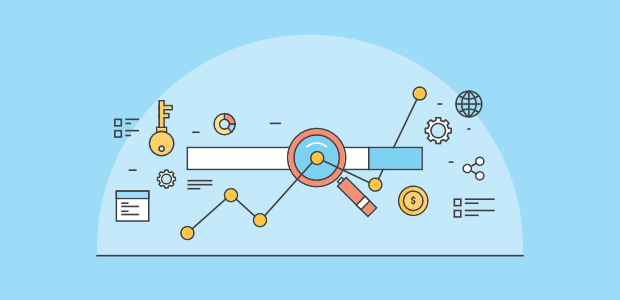
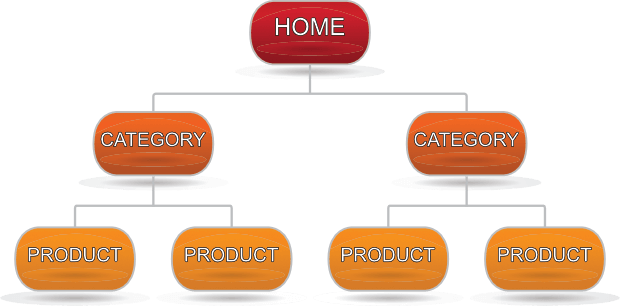
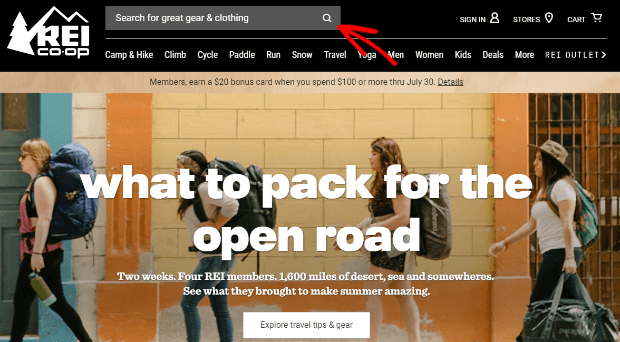

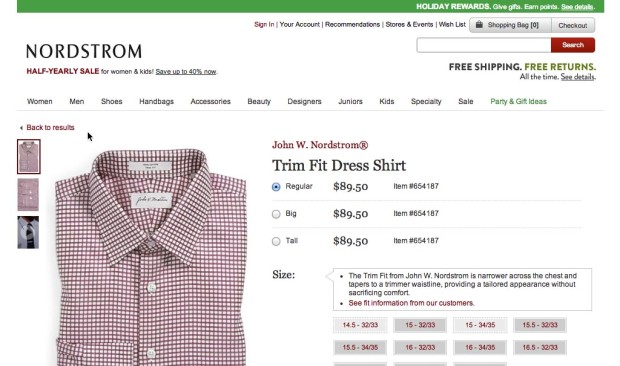

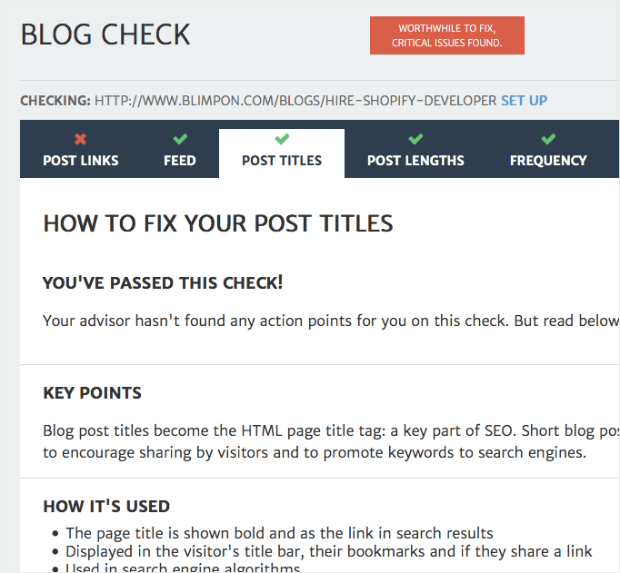
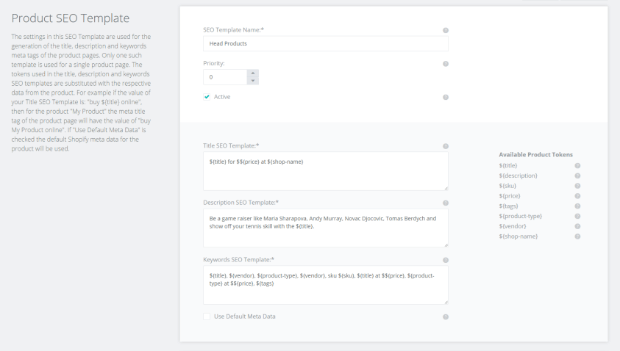
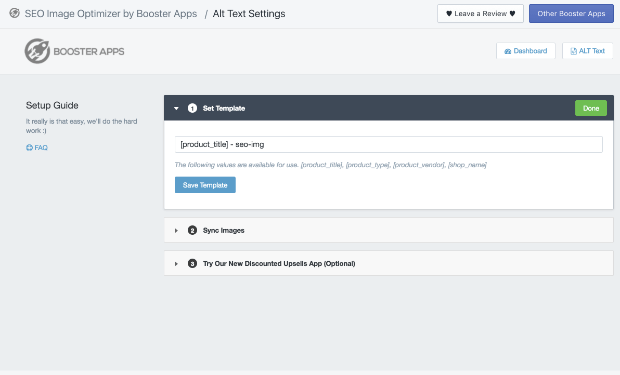
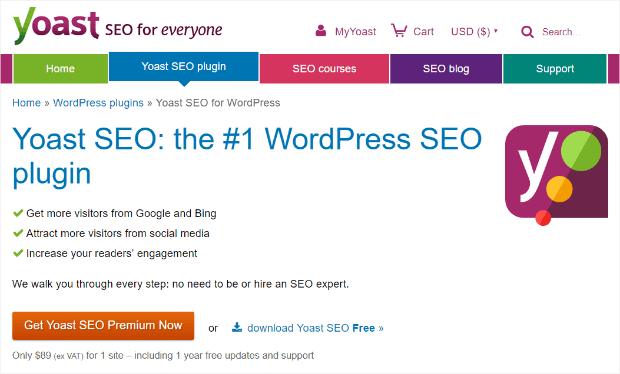
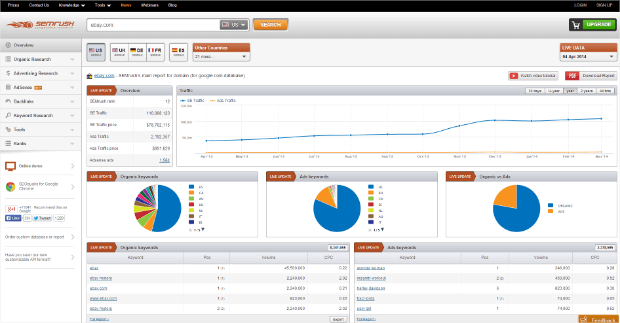









Add a Comment